Media | Articles
Will hot hatches gain collector-car status?
I’m a Gen-Xer, but not by much. Since I’m a product of the 1980s, I got a front-row seat to one of the significant mass-extinction events in the automotive world. As with all such events, something eventually fills the niche left by the departed species: In the wake of the great dying of the British sports car, we got a new species of cheap fun, mostly from Germany and Japan.
I briefly owned a Triumph Spitfire. It was gutless, rode badly, and handled unpredictably at anything over six-tenths. A base VW Golf would run rings around it. Any modern FWD compact would. This precise realization is what gave rise to the first hot hatch, the Mk I VW Golf GTI, and my first drive in one was a revelation.
My older brother bought a new ’82 GTI, the U.S.-built version called a Rabbit. At just 90 hp, it was down on power from the German-market Golf GTI, the shifter was rubbery, and the locally sourced switchgear was cheap. But the steering was sharp, the suspension taut, and the brakes were good. Compared to my Spitfire, it felt like a GT40. I’ve been a GTI fan ever since.
I didn’t do serious seat time in a GTI again until the early ’90s when a friend bought a Mk II 16-valve car. By then, VW had shuttered the Pennsylvania plant where my brother’s Mk I had been built. The Mk IIs built in Puebla, Mexico, somehow seemed a lot more German, and I was shocked at how much better of a car it was—faster, larger, and significantly more powerful. The GTI had grown up without jumping the shark.
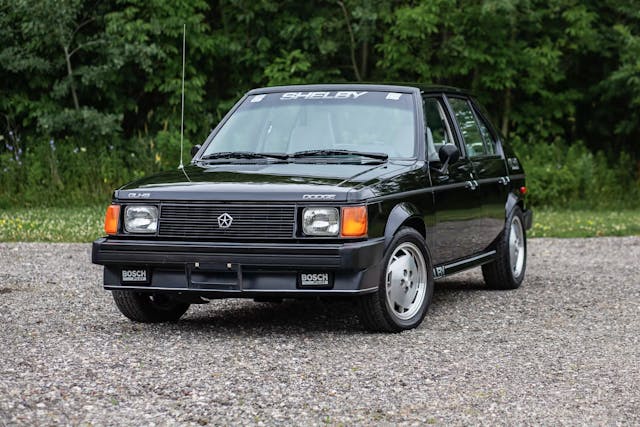
Americans very briefly fielded a hot hatch in the form of the Chrysler France–developed Omni/Horizon. I never drove a Dodge Omni GLH or GLHS in-period, but I did drive a 1984 GLH about ten years ago. I was shocked at how good it was compared to my recollections of my brother’s Mk I Rabbit GTI. The GLH had about 20 more horsepower than the Rabbit, because, well, Carroll Shelby. It had plenty of torque steer, but it handled pretty well, and was frankly, no less shoddily built than the Pennsylvania VW. I liked it, and I wish that Chrysler had stayed in the hot hatch game.
My mom briefly owned a Honda Accord during one of the ’80s fuel shortages. It was a competent but totally uninspiring little sedan. And that was the impression that I had of all Hondas until I saw my first bright red Civic Si around 1986. I thought the car was quite attractive in a Kamm-tail, breadvan sort of way, but I didn’t actually get around to driving an Si until 1992 or so. It was worth the wait—the fifth-generation Civic was the one that introduced VTEC into the automotive lexicon.
One of the first variable valve-timing systems, VTEC was designed to give more torque at the low-end, and more power at the upper rpm range. Although it doesn’t sound like much today, the 125 hp that the 1.6-liter naturally-aspirated four made felt much more like 150. I remained a GTI fanboy, but I got the feeling that at least from a technology standpoint, the Japanese were starting to eclipse the Germans.
I needn’t have worried. By the early aughts, the Civic Si seemed to have stagnated, with its 1.6-liter VTEC four still making the same 160 hp that it had for some time, while VW had broken the rule that a hot hatch was exclusively a four-cylinder car. They stuffed the VR6—a narrow-angle, 2.8-liter V-6—in the GTI. By 2004, in Mk IV form, the car was making 200 hp, and it remains one of my favorite hot hatches to date.
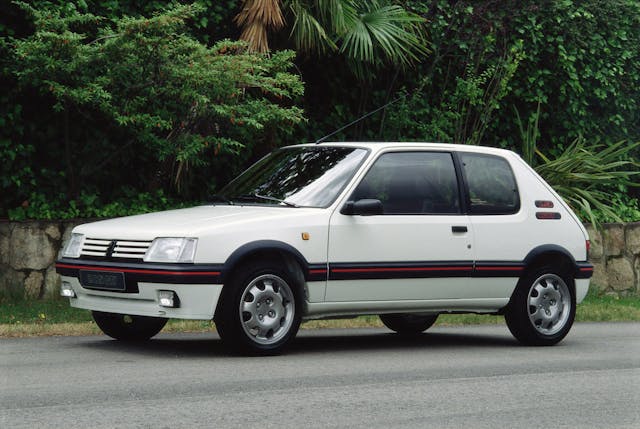
Sadly, the hot hatch segment never gained the same traction with Gen-Xers as British sports cars had with boomers. Hot hatches remained sort of thinking person’s cult cars in the U.S. with a lot of flash-in-the-pan GTI competitors like the Toyota Corolla FX16 and the Mazda 323 GTX falling quickly by the wayside. In Europe, it was a different story. The other GTi, the Peugeot 205, remains probably the prettiest hot hatch ever, and the Renault Clio Williams the most beguiling. Both cars are on my short list.
40 years on, the hot hatch segment seems itself to be on the way out. A few years ago, the criminally underrated Hyundai Elantra GT N was discontinued in favor of the unexciting Kona and Venue crossovers, and the Veloster N met a similar fate last year. The Golf GTI, Civic R, and GR Corolla are hanging on for now.
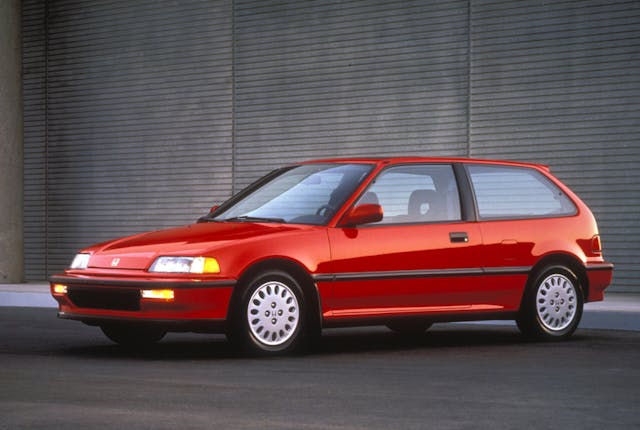
Like many of my favorite machines, these cars were made to be used, and as a consequence there aren’t a whole lot left, at least of the early models. That should drive up prices for good examples, but the segment as a whole does not appear to have consistent enthusiasm. Instead, value trends vary significantly by model and generation. Take, for instance, the two heavy hitters in this category. Mk I GTIs are up as much at 19 percent over the last year (to $20,000 for a #2-condition, Excellent example) while early ’90s Civics are trailing, with a 6.4 percent increase that brings a #2 condition car to $16,600. Hot hatches look to remain affordable and accessible for the foreseeable future, too.
At least I was around to see the whole niche develop, and regardless of what happens to the segment in the future, hot hatches remain rewarding cars to collect, drive, and own. Take it from this early convert.
***
Marketplace
Buy and sell classics with confidence
Check out the Hagerty Media homepage so you don’t miss a single story, or better yet, bookmark it. To get our best stories delivered right to your inbox, subscribe to our newsletters.
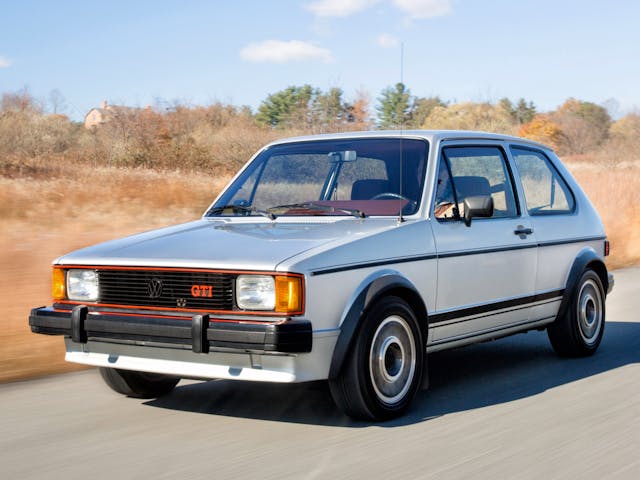
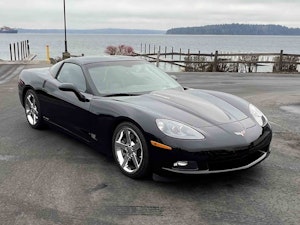
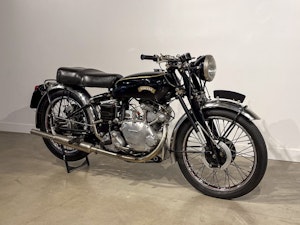
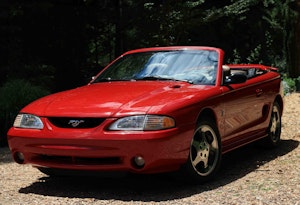
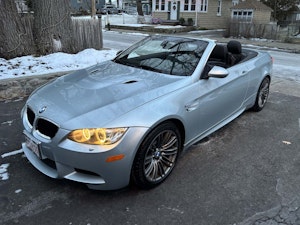


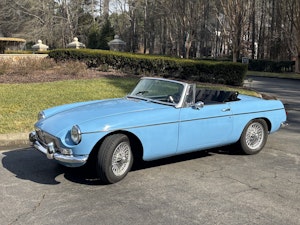
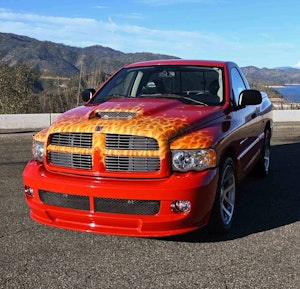




Coming from someone who has been scanning the pubs for years, I’d warrant GTI Mk1s are already in “collector-car” status. Finding an unmolested ’82 or ’83 specimen is very difficult at best, and the fact that good examples are selling for 5X their original MSRP solidly places them in that category, IMO.
Scanning the pubs? I would rather drink in the pubs!
I owned an ’87 GLHS Charger from 1990 until 2005. It was a great car. I loved the way they looked. Handled great, comfortable, and it had AC. It was especially fun on cool nights when the intercooler was most efficient. Mine had the cat removed and a 2 1/2″ stainless exhaust, and the Mopar Performance Logic Module. I surprised many Mustangs and Camaros/Firebirds. I also buried the 135 mph speedo more than a few times. I will say that I lost to an Eagle Talon one day on the expressway. We went from about 50 mph and I could not catch him.
They will be more or less collectable much like a MG or Spitfire. It will be more cult following for most hatches.
The GTI may lead the way but the other odd balls will be interesting.
Mechanically most will be easy to repair but body and trim may be difficult to find. These cars were often built on disposable platforms.
These were not cars for everyone new and used even less but a drive in one could hook a person. I bought my HHR SS because of how it drove. I hated HHRs and Hated FWD but when I was shifting into third gear and saw I was just clearing 90 MPH already and it felt slower I was hooked.
That is what attracted those to these cars new.
The main problem is finding clean examples. Many were built on disposable platforms that rotted out years ago.
I will just all this a cult like auto in the future. It will be in the mix but it will be for only those who get it.
I had an ’84 GTI (I think there were only 83-84 models in the US) during the late 80s and have great memories of that car. Its weight and short gearing made the most of those 90 HP. My mom bought a new 8 valve Golf GTI in 1986 and it felt decades more refined despite only being 2 years newer than the Rabbit.
I saw a rare survivor 318ti BMW hatchback they tried to convince Americans to buy in the 90s this week and thought the timing of your piece was a funny coincidence. The economy car image is a hard label to overcome in the US I guess.
Your brother’s car must have been a 1983 model if it was made in PA: the first model year was 1983, available in 1982. My first new car was also an ’83, bought that April but maybe an ’83-1/2′ because I remember being pleasantly surprised that the speedometer went past 85 mph, unlike the very first ones. The Feds gave up on that stupid idea around then. I loved that car and had more fun in it than any car since. It was of the times, though: rusted very quickly along the leading edge of the hood and the lower doors because the paint chipped so easily. I tried to stay on top of it with touch-up primer and paint, but it only slowed the rust down a bit. Likewise I recall going through several mufflers in the 7 years I had it. At that point, with about 115,000 miles, the engine was obviously getting tired and I moved on to an Integra: built better, looked better but was not as much fun. I can believe that an original GTI in good shape is quite rare.
I’m surprised to hear about your rust issues. I also had a US built Rabbit GTI that I drove in the salty rust belt for about 10 years. Much to my surprise, it never developed a speck of rust (unlike every other car I had ever owned). Many fond memories of that car!
You are probably right on all counts EXCEPT- your trusty old Spit could be rebuilt with a crescent wrench and a few hundred bucks over and over thanks to the forgotten magic of cast iron, plus they made many many Spitfires and Midgets with the power of a strong fan base and parts interchangeability plus racing parts everywhere, add to that downright gorgeous looks and the convertible top is the perfect cherry, (on top). Anyway glad you found the cars that scratch your itch I’m just as glad to plod along in my old .9 liter Sprite, which came complete with 2 extra engines, transmissions and rear ends, etc, (so what if 0-60 is 21 seconds!!).
FYI, VTEC is not a variable valve timing system. The camshafts in VTEC engines have two different lobe profiles: a high lift/high duration profile that produces gobs of high rpm power at the expense of efficiency and smoothness at lower rpm, and a more mundane economy car profile for less demanding situations. The genius is that the engine management system can choose which profile to use based on the demands being made by the driver’s right foot. It’s the best of both worlds: screaming high end horsepower with a smooth idle and good fuel economy.
The two different cam profiles will also have different cam timing. Therefore variable lift and timing.
My ’86 GTI was a truely all around fun car. Daily driver and weekend warrior. Absolute blast to autocross. Definitely high on my list of “why did I sell that car”
I had a ride in a new German GTI in 1980 in Germany, reaching 160 km/h on a steep twisting uphill run on two, sometimes three, lanes through the Black Forest. What an absolute blast compared to the 1976 Chevy Malibu wagon (305 V8, slushbox) in which I had taken my road test in 1978, or the few other cars, mostly American barges, that I had driven by then. Fast forward through the years and I have owned three hottish Saabs and now a 2006 Mercedes C230 hatchback with the 2.5 litre V6 and a six-speed manual. With 201 hp, it certainly qualifies as a hot hatch by historical standards, despite its lacklustre hp stats by today’s measures. I’m fine with performance at 2000 levels (e.g., VR6 GTI of that year) because I live in one of the few relatively populated places in North America without real freeways — closest place where I can legally drive above 90 km/h is over two hours’ drive away, and that only lasts for an hour.
I had an ’85 GTI (and later a ’90 GLI 16V), a friend had a ’91 Civic Si, plus there were various other similar cars in my circle of friends. It was a wonderful time in many regards. Sure, modern cars will outrun them easily, but non have the fun factor of cars from that era. To this day the MkII (that’s “mark”, not “emm kay”) VW GTI 16V remains a high water mark for VW and my friend’s Si I think is Honda’s. Both were wonderful, light, simple cars that were a blast to toss around in spite of their economy car roots. I honestly have a hard time choosing a favorite between them. I to think they are both a bit better than the Corolla FX16, but only a smidge. I do wish it would’ve gotten at least a second generation. I think it would’ve hit its sweet spot, too.
Hot hatchbacks are one of my all-time favorite types of cars, oddly i have driven many and owned none. Well I had a 91 Mercury Tracer LTS which was the sedan version of the Mazda-based Escort GT, so I had one technically. I loved that car but can’t really explain why I don’t have an Escort GT, Omni GLH, GTi, Corolla FX16, or even Fiat Arbath today.
I blame it partially on a Miata distraction.
No. They won’t. Ever. Most are already crushed. The rest are already crushed. They just don’t know it.
Pssst ….. Hot Hatches are still around … and collectible. 4 months ago I bought a 2018 Fiat 500 Abarth.
I’m 76 yrs young, have owned lots of cars and I believe this just may be the most fun little street car I have driven (I call it a hooligan car, haha). Possible exception in the fun factor is 2-stroke SAAB 96 sedan or 95 wagon. I still own a 1982 Rabbit but its a cabriolet
In 1987, I was into the hot hatch world. I tried to buy a Charger GLHS but ended up with a new Shelby CSX (Shadow). With a couple of very minor mods, I could pull away from IROC 350 Camaros. Wish I still had that car.
Will hot hatches gain collector-car status? – This is a question? They already are.
Apparently not based upon prices, which is what the market usually judges, I suppose. I consider my 1983 Scamp GT to be collectible, but the market does not seem to: its valuation is weak.
“Collector-Car Status”: Honestly, I could care less if what I have is popular with anyone. Some weren’t when purchased but after decades are now. If no one wants what I want all the better. I never bought something considering what it may be worth now or down the road. You have no way of knowing anyway. Buy it and drive it. Isn’t that really what it’s all about?